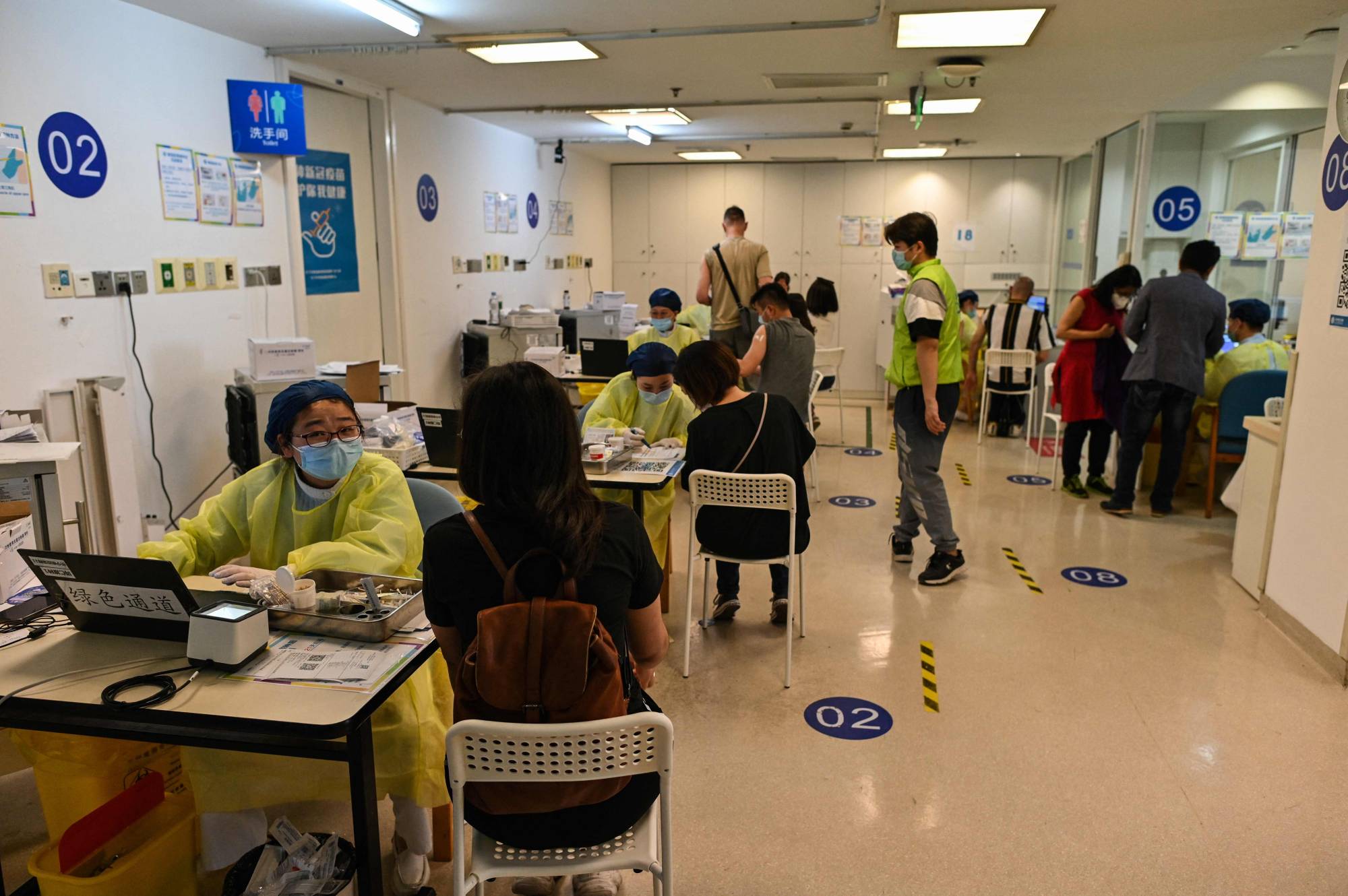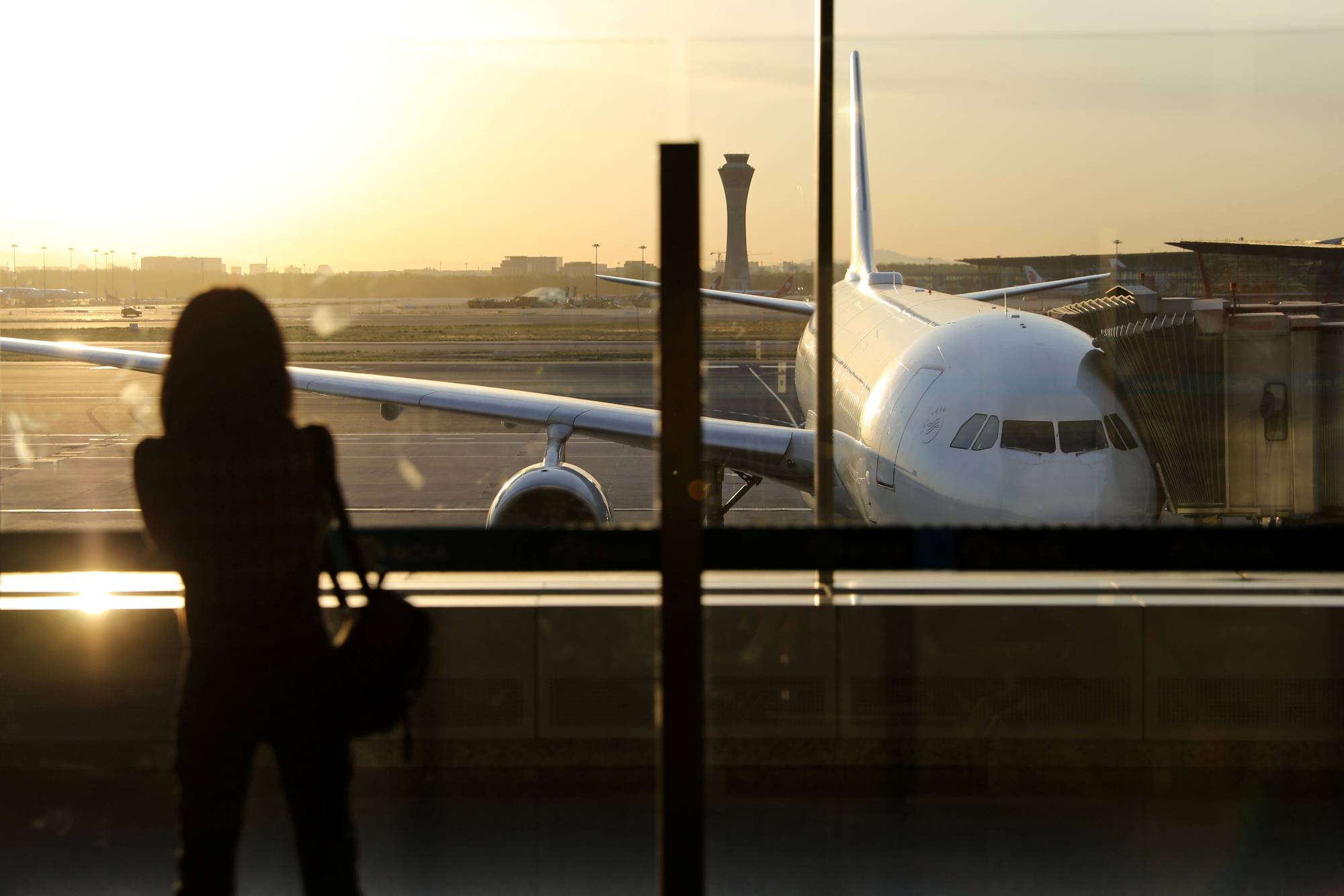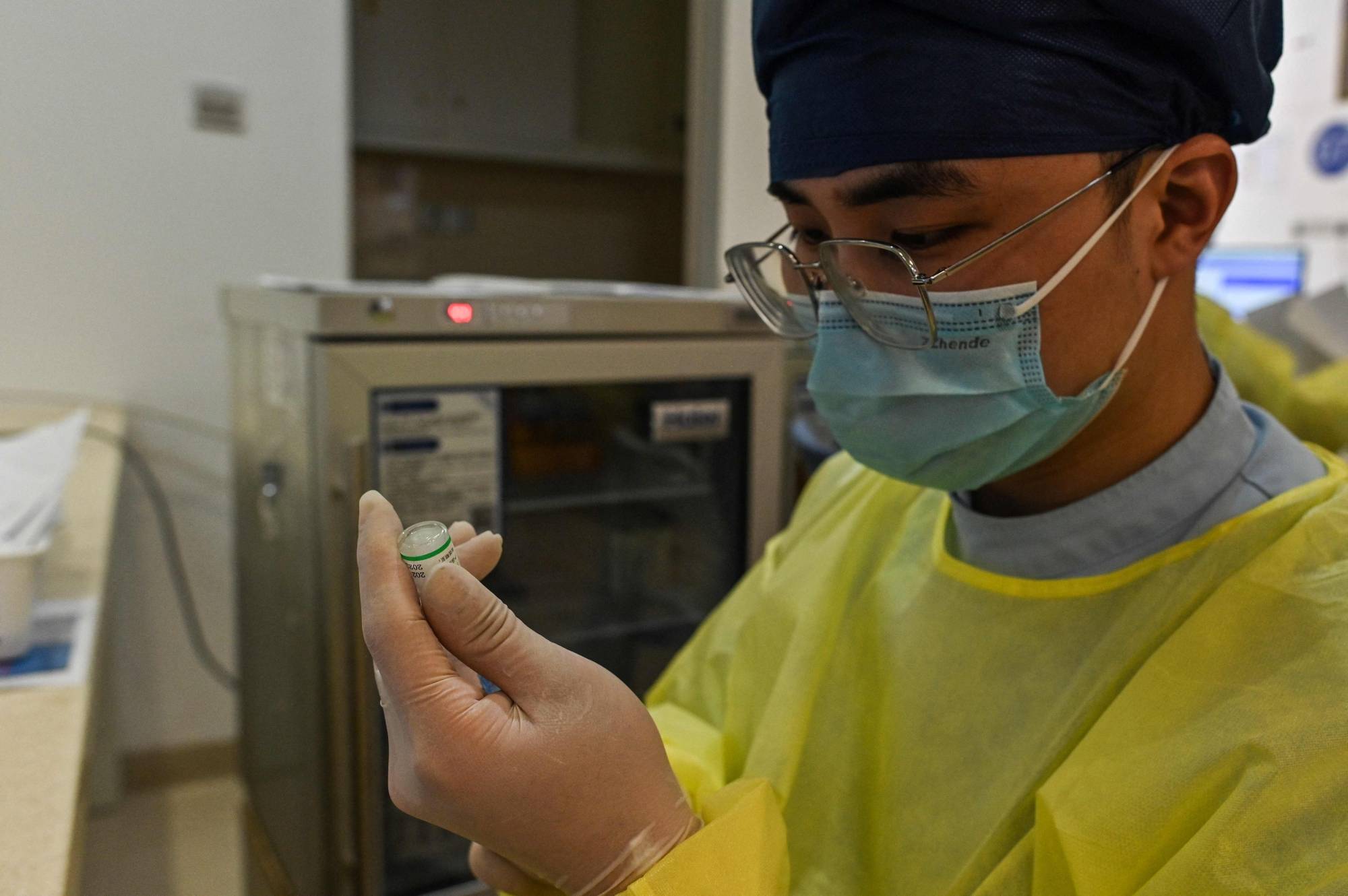China is rolling out a world-leading 20 million COVID-19 vaccine doses a day, and more than 40% of the nation’s vast population has had at least one, homegrown shot. But as other countries move to reopen to the world, it seems to be in no hurry to turn the page on the pandemic.
After a lackluster start dogged by hesitancy and some supply shortages, China has now administered more than 660 million vaccine doses, putting the country’s 1.4 billion people on track for herd immunity territory in just a few months. In Beijing, more than 80% of people have had at least one dose, according to data from the municipal health authority reported by local media.
Yet China — which has both eliminated transmission of the virus locally and achieved a substantial level of vaccination — is yet to signal any intention of shifting away from its COVID-19 playbook of closed borders, strict quarantine for foreign arrivals, and aggressive lockdowns when flareups return. Despite only one COVID-19 fatality in the last 13 months and growing protection from inoculations, top officials maintain aggressive rhetoric when talking about the risks the virus still poses.
“As long as outbreaks remain uncontrolled outside of our borders, it’s possible to have them anywhere in China, no matter how long there has been no local cases,” Wu Zunyou, chief epidemiologist at the Chinese Center for Disease Control and Prevention, said at a briefing in May. “So we have to fully implement de-rigueur control measures.”
When new virus cases surfaced in the southern Chinese province of Guangdong this week, driven by variants that first emerged in India and the U.K., authorities deployed tactics honed since the first lockdown in Wuhan, issuing stay-at-home orders for affected neighborhoods and mass testing residents. The cluster, which has grown to over 50 cases in a city of 18.7 million, also caused the cancellation of half the flights out of Baiyun Airport, the world’s busiest airport in 2020. This, even with enough vaccines disseminated equivalent to full coverage of 36% of Guangzhou’s population, according to local media.

In contrast, many countries with similar or even lower levels of vaccination have started rolling back restrictions, reviving travel and lifting mask mandates, accepting that COVID-19 is endemic as long as most people won’t get seriously ill thanks to vaccination. The U.S. lifted its controversial face mask requirement when it reached 45% of people fully vaccinated, seen as a clear signal the country that’s recorded the most COVID-19 deaths globally is pivoting toward reopening.
Effectively wiping out the virus within its borders has meant the majority of Chinese people have lived largely normal lives — save the ability to travel globally and a still-in-place mask mandate — for much of the past year. But even in other parts of Asia that successfully contained the virus, some governments are moving to unravel restrictions once vaccination gathers pace, albeit cautiously.
Hong Kong is allowing senior executives who have been vaccinated to skip quarantine when traveling to the city, while Singapore Prime Minister Lee Hsien Loong pledged on Monday to reopen the city-state, saying people would learn to live “with the virus in our midst” and rejoin the world.
As more countries take this track, China’s approach risks leaving it increasingly isolated. Faced with major disruption to their lives whenever there’s a sporadic flareup and no prospect of international travel, people may start to wonder what the point of vaccination is.
“Vaccination is supposed to be a means to an end but what we see in China is it becomes an end in itself,” said Huang Yanzhong, director of the Center for Global Health Studies at New Jersey’s Seton Hall University. “As for what’s next, it doesn’t have a roadmap.”
Efficacy, uneven coverage
China’s National Health Commission declined Bloomberg’s request for an interview on the country’s plan to reopen, and didn’t respond to faxed questions seeking comment for this story.
The lack of COVID-19 in China dogged the early vaccine rollout, diluting the sense of urgency to get inoculated. The government then launched a propaganda push, describing vaccination as the responsibility of every citizen to help the country maintain its global lead in COVID-19 control. Employees of state-owned banks and businesses were pressured to roll up their sleeves and officials gave out freebies like shopping vouchers and baskets of eggs.



The re-emergence of cases in parts of China also fueled vaccination takeup, and the pace of inoculation reached nearly 15 million doses a day by mid-May from 5 million on average the month before. In Shanghai and Beijing, herd immunity — a scenario where the virus has few vulnerable hosts to infect — is likely just weeks away.
Zhong Nanshan, a top adviser on China’s COVID-19 response, said last month that 72.9% of the population needs to be vaccinated for China to reach herd immunity.
But that estimation is typically based on vaccine efficacy rates of 80%, which only one of the six shots China is currently administering achieved in clinical trials, and could be one reason China is reluctant to ease other restrictions. Unlike for the Messenger RNA, or mRNA, shots produced by Pfizer Inc, BioNTech SE and Moderna Inc., little is known about whether China’s vaccines help stop onward transmission of the virus, halting spread of the infection and not just serious illness.
If the Chinese vaccines do not stop transmission in a substantial way, infections could still surge after much of the population has been vaccinated, a scenario recently seen in places like the Seychelles, which is reliant on shots from China’s Sinopharm and AstraZeneca Plc.
While China is likely to see COVID-19 return if it opens up, “there won’t be a lot of hospitalizations, there won’t be a lot of death, those will be very small numbers,” said Ben Cowling, head of the University of Hong Kong’s department of epidemiology and biostatistics. “So a situation like what happened in India may not be able to happen because with vaccinated people, any infections which occur will tend to be mild and will then give that boost to population immunity.”
Still, going from a position of zero tolerance for even one case, to accepting even mild infections will require a significant shift in mindset and public communications in China. The country has fired local officials where flareups have occurred and has derived immense pride from containing the coronavirus and keeping the world’s second largest economy going. It’s unlikely that Chinese authorities would tolerate global headlines on surging infections, even if deaths and serious illness is kept at bay.



The unevenness of the vaccine rollout is another factor. Big cities along China’s more developed east coast tend to have higher levels of inoculation. While technology hub Shenzhen has offered shots to more than half of its residents, less developed regions have seen much slower uptake, some as low as 10%.
Ports and checkpoints along China’s extensive coastline and land borders also aren’t yet fully protected.
“It cannot be just about the vaccination rates in major cities and coastal provinces,” said Nicholas Thomas, associate professor in health security at the City University of Hong Kong. “China has to look to its hinterland provinces which lie on its border with other countries where the disease is still unchecked.”
The structure of China’s economy will buy officials some time on reopening. With a giant internal consumer market and booming exports, China can withstand a longer period of isolation than smaller places like Hong Kong and Singapore, which rely on interconnectivity and travel. Even though its border was sealed, China was the only major economy in the world that grew last year as domestic activity recovered.
“The closing of the borders to people has so far probably helped the economy, by reducing the COVID-19 case load via imported cases,” said Louis Kuijs, head of Asia economics at Oxford Economics in Hong Kong. It’s likely China won’t shift strategy until the bulk of the population is vaccinated, he said.
With China’s consumers effectively barred from leaving the country by onerous quarantine requirements on return, international brands that had grown reliant on that tourist traffic are racing to find ways to boost sales of luxury bags and cosmetics traditionally bought on vacation within the country. Domestic tourism industries are also seeing demand surge.
Ultimately, China’s COVID-19 approach will only change once there’s a deeper shift in mindset among policymakers, said Seton Hall’s Huang.
“China can only resume international travel or lift other restrictions when they learn to live with the virus,” he said. “They need to accept that some small and sporadic outbreaks will not turn into a bigger epidemic.”
In a time of both misinformation and too much information, quality journalism is more crucial than ever.
By subscribing, you can help us get the story right.
SUBSCRIBE NOW


